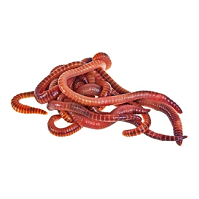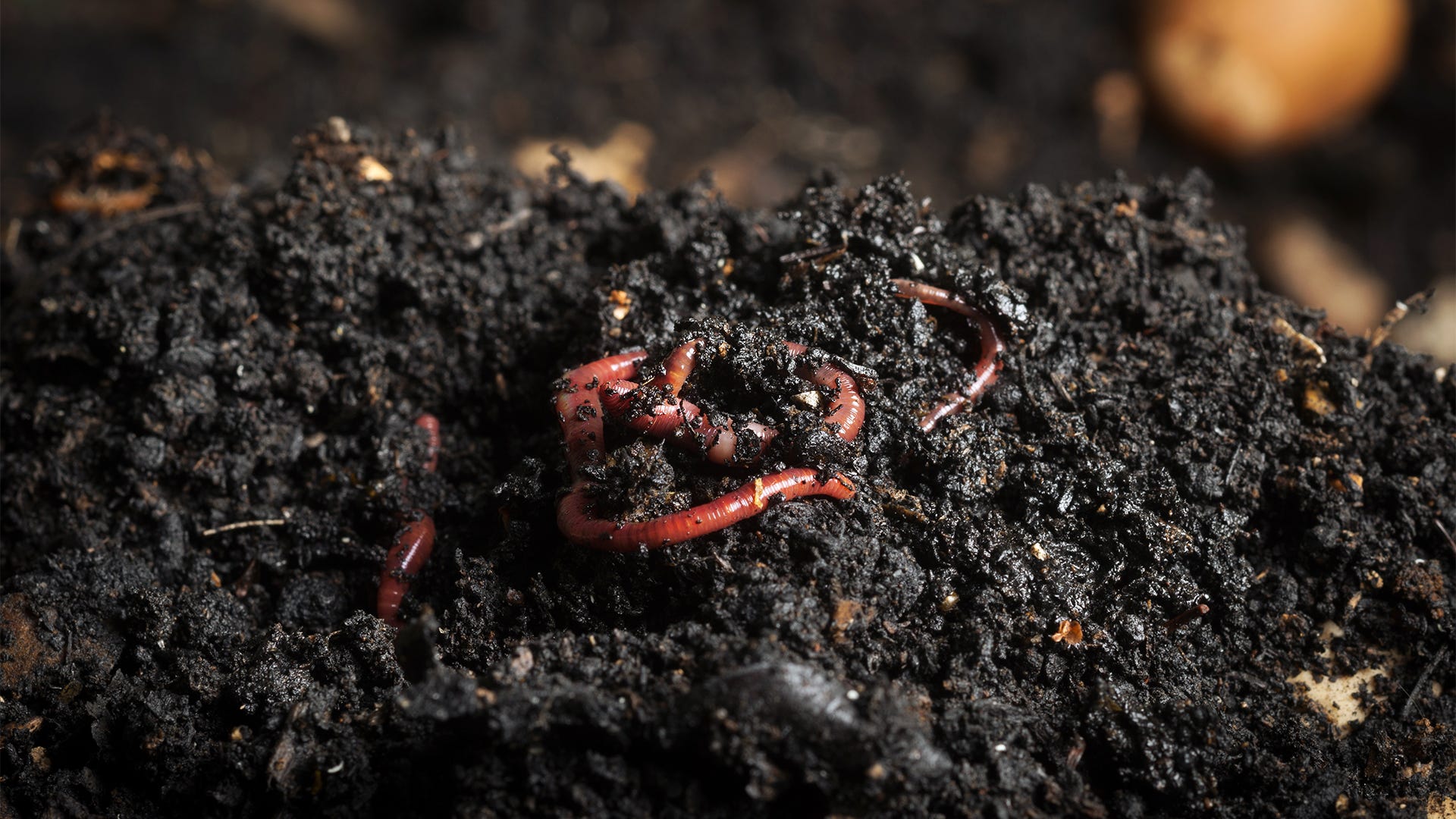Red wigglers: For eco-conscious gardening
Red wigglers: For eco-conscious gardening
Blog Article
Change Your Yard With Red Wigglers: Tips and Techniques
Red wigglers are not just a curiosity for compost fanatics; they are pivotal agents of change for any type of garden. By developing a fundamental worm container and comprehending the dietary requirements of these exceptional animals, garden enthusiasts can substantially boost dirt high quality and plant health and wellness. The procedure of converting organic waste into rich, fertile castings is both uncomplicated and gratifying. The true capacity of red wigglers goes beyond mere composting. Discovering the subtleties of their treatment and the diverse applications of their byproducts can unlock also better advantages for your gardening endeavors.

Benefits of Red Wigglers
Red wigglers, clinically referred to as Eisenia fetida, are often hailed as nature's composting champs. These exceptional worms serve numerous crucial benefits that can significantly boost yard health and wellness and productivity. They are effective decomposers, breaking down organic product such as kitchen area scraps and backyard waste into nutrient-rich vermicompost (red worms). This all-natural fertilizer enriches the soil, advertising healthy plant growth and improving dirt structure.

One more noteworthy advantage of red wigglers is their capability to reduce waste. By composting natural materials that would certainly otherwise add to landfill waste, they play a crucial role in lasting gardening techniques. Lastly, including these worms into your horticulture routine can cause increased returns, much healthier plants, and an extra lively yard atmosphere, making them indispensable allies for gardeners seeking to enhance their ecological impact.
Setting Up a Worm Container
Developing a worm bin is a necessary action for anybody seeking to harness the advantages of red wigglers in their gardening efforts. An appropriate worm bin can be made from numerous materials, including plastic containers, wooden crates, or commercially available worm containers. The first factor to consider is dimension; a container that is at the very least 2 feet vast, 3 feet long, and 1 foot deep is generally optimal for a tiny to tool number of worms.
It's important to create a bedding layer, using materials such as shredded paper, cardboard, or coconut coir to provide a comfy setting for the worms. The bed linens ought to be moist but not soggy, resembling a damp sponge - red worms.
Place the container in an area that keeps a regular temperature level, preferably in between 55 ° F and 77 ° F. Avoid straight sunshine or severe cool, as these problems can hurt the worms. When the bin is established, allow the bedding to settle for a few days before introducing the red wigglers, guaranteeing they have a growing setting in which to grow.
Feeding Your Red Wigglers
When the worm bin is developed and the red wigglers are introduced, proper feeding becomes essential to keeping a healthy and balanced worm populace. Red wigglers grow on a diverse diet, largely including kitchen area scraps and natural materials. Ideal foods consist of vegetable peels, fruit scraps, coffee grounds, and smashed eggshells. It is vital to prevent feeding them meat, dairy, or oily foods, as these can develop unpleasant odors and bring in insects.
When presenting food, chop the scraps right into smaller sized pieces to assist in quicker intake. Furthermore, bury the food underneath a layer of bed linens material to avoid fruit flies and other problems. Display the feeding frequency; a general policy is to give food every 1-2 weeks, depending on the number of worms and the quantity of food waste created.

Collecting Worm Spreadings
Exactly how informative post can you tell when it's time to collect worm spreadings from your bin? The readiness of worm spreadings is shown by a few crucial indications. The material in the container ought to appear dark, brittle, and rich in structure, appearing like a great dirt. In addition, the initial food scraps should be substantially broken down or almost indistinguishable, indicating that the worms have effectively processed them.
Another indicator is the reduction in worm activity; as the spreadings collect, worms often tend to move towards fresher food resources. If you notice a decrease in worm movement and the visibility of castings at the end of the bin, it's a clear signal that harvesting is due.
To gather, gently dig the castings, making sure to lessen disturbance to the worms. A preferred technique includes dividing the castings utilizing light; worms tend to tunnel away from the light, allowing you to accumulate the castings extra quickly.
Collecting regularly, about every three to 6 months, ensures a constant supply of this nutrient-rich modification for your horticulture endeavors. Keep in mind, the high quality of your spreadings straight influences the wellness of your plants.
Utilizing Castings in Your Yard
(red wiggler worms for sale)Using worm spreadings in your yard can substantially boost soil health and wellness and plant growth - red worms. These nutrient-rich organic fertilizers supply vital macro and trace elements, enhancing the total fertility of your soil. By including worm castings into your yard beds, you can promote beneficial microbial task, which helps in nutrition availability and enhances soil structure
To make use of worm castings properly, mix them into the leading few inches of soil before planting. You can create a nutrient-dense fluid fertilizer by soaking worm spreadings in water for a week, after that using the resulting "worm tea" straight to your plants.
Worm spreadings additionally enhance dampness retention within the dirt, minimizing the requirement for constant watering. Consistently including worm castings right into your horticulture regimen can lead to robust plant development, increased returns, and a general much healthier garden ecological community.
Verdict
By establishing a worm bin, giving ideal food, and routinely harvesting nutrient-rich spreadings, garden enthusiasts can foster a lasting ecosystem. The use of worm castings and "worm tea" even more contributes to moisture retention and nutrient schedule in the soil.
Report this page